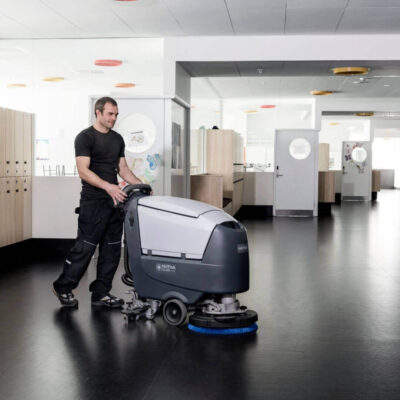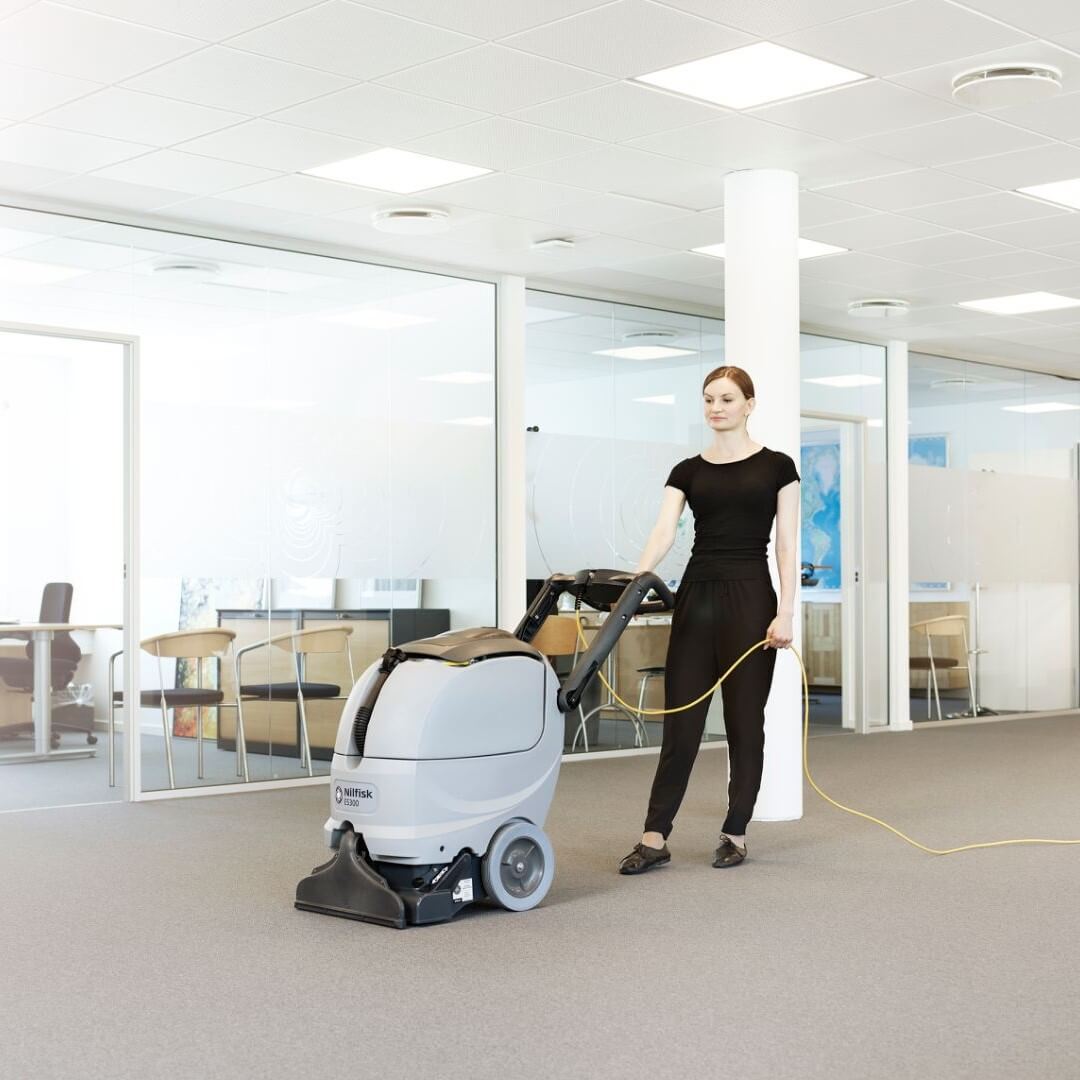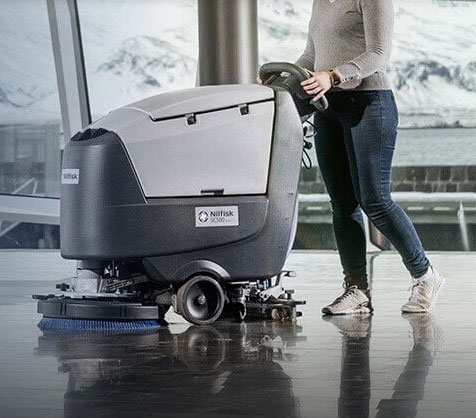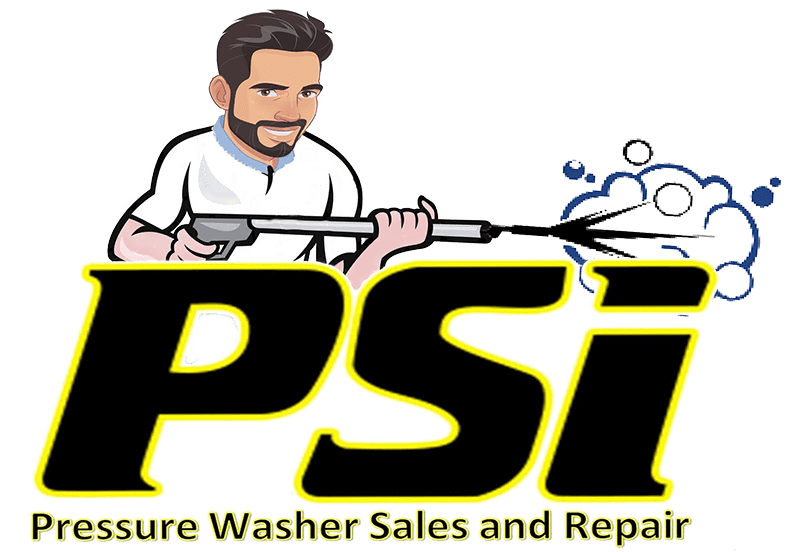8 Steps To Reduce Or Eliminate Germs
HOT HIGH-PRESSURE WASHERS
1 Know your potential pressure washers application.
Before you start, evaluate the surroundings, as well as the dirt and bacteria potentially present. Ask questions like, “Do the surroundings allow for the use of hot water pressure washers units, considering large quantities of water, exhaust fumes?” Also, for the full cleaning protocol, ask, “What disinfectants will I need for the cleaning process?”.
2 Evaluate the best cleaning parameters.
Depending on the dirt and surface types, evaluate the optimal levels of water flow and pressure: high flow and medium pressure for loose dirt; higher pressure levels for tough, resistant, and ingrained dirt.


3 Choose the right temperature levels.
In the case of bacteria and germ reduction, higher temperatures begin the breakdown of germs. In general, temperatures of 185-212 ̊F will quickly bring a drastic reduction in bacteria colonies, although only temperatures close to 311 ̊F will eliminate many germs completely. Therefore, raise cleaning temperatures to the maximum levels to begin the disinfection process. With this length of cleaning and require temperature, a hot-water unit alone will not be efficient.
4 Pick the appropriate detergent for the job, and prepare the surface.
Make sure you select a complementary detergent to help combat the germs. Local and regional health organizations often recommend appropriate ingredients. Soak surfaces with the detergent to break down tough layers of waste and dirt.
5 Rinse the surfaces with hot water or steam.
Rinse off the detergent and pressure-wash the surfaces to remove all layers of dirt and waste entirely. Hot water increases cleaning efficiency and adds to the sanitizing effect. Some units can heat water to 284 ̊F to vaporize the water, enabling wet steam pressure washing. This process can partially sterilize surfaces.
6 Apply Disinfectants.
Hot water alone is not enough to accomplish disinfection, even though it can reduce the overall bacteria count with sufficient exposure time and temperature. It is necessary to finalize the cleaning protocol with a disinfectant. Choose disinfectant according to local legislation, and according to the type of bacteria to be eliminated.


7 Get the right end-tools.
The appropriate accessories ensure optimal, effective, and efficient cleaning – the first time. Consider lances, nozzles, and sprayers.
8 Leave to dry.
Leave surfaces to dry before opening up to new livestock or human passage for hygiene or safety reasons.
